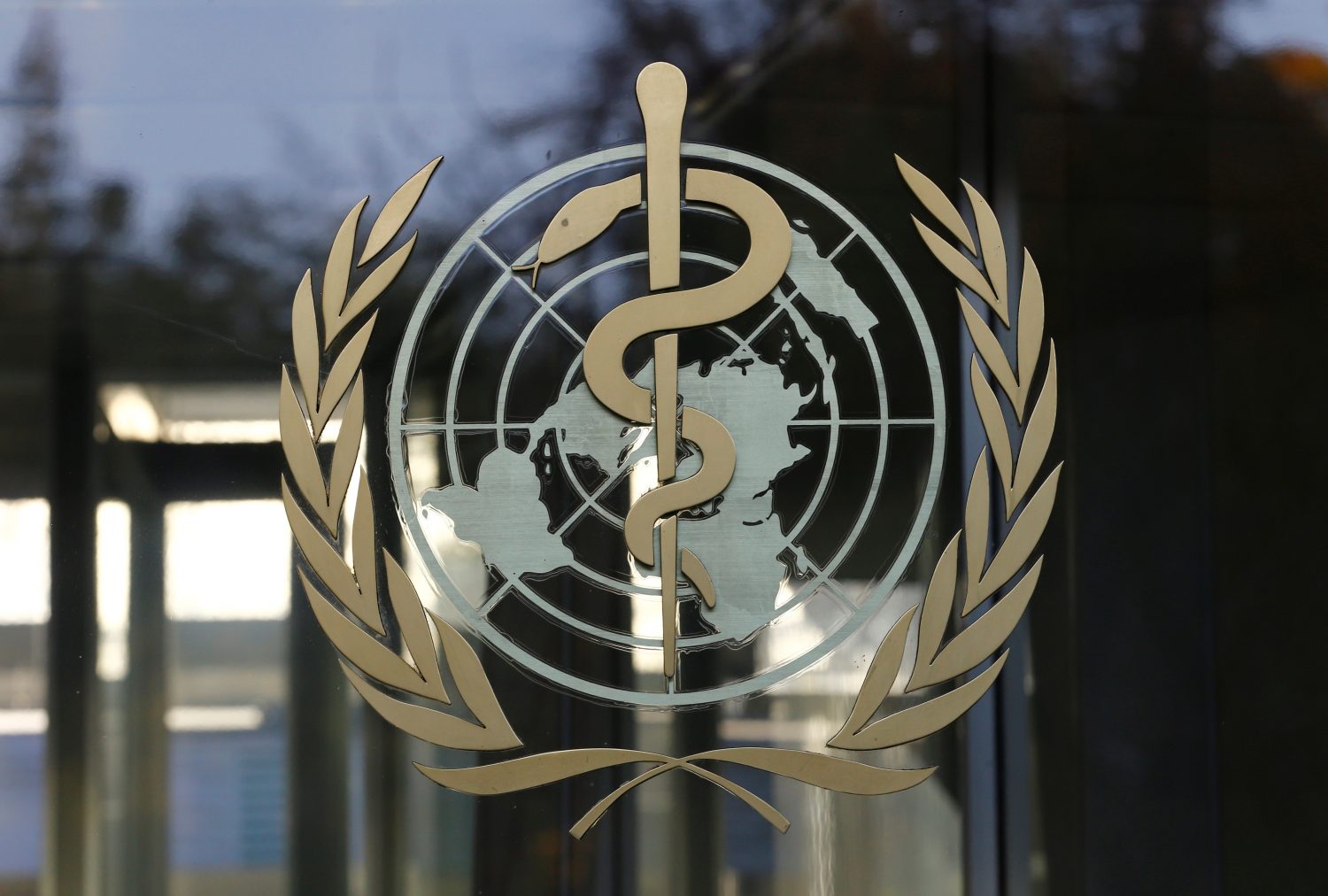
GENEVA (Reuters) – A deadly form of plague has broken out on Uganda’s border with Democratic Republic of Congo and several people are thought to have died of the disease, the World Health Organization said on Monday.
The agency praised Ugandan health workers for vigilance and prompt action in spotting a suspected outbreak of pneumonic plague, which the WHO says is usually fatal unless detected early and treated with antibiotics.
Uganda’s Health Ministry reported two probable cases of the illness in Zombo district on March 5 after a 35-year-old woman died and her 23-year-old cousin reported similar symptoms, the WHO said in a report.
Further investigation revealed the dead woman had lived in Atungulei village in Congo’s Ituri province, and her 4-year-old child had died days beforehand. Finding her sick at her child’s burial, her relatives took her to Uganda for treatment.
The cousin’s symptoms raised suspicions of plague and a preliminary rapid diagnostic test was positive for the disease. Results on additional specimens sent to Uganda’s Plague Laboratory in Arua were pending. The patient was steadily improving, the WHO report said.
Some 55 people, including 11 healthworkers and people who took part in the dead woman’s funeral, had been identified as high risk contacts and were being followed up.
Three other people reportedly died of similar symptoms in Congo, the WHO said, and Congolese authorities were investigating.
Plague is endemic in Democratic Republic of Congo, Madagascar and Peru, according to the WHO.
Congolese health authorities are already fighting a major outbreak of Ebola further south in Ituri and North Kivu provinces.
Pneumonic plague is caused by the Yersinia pestis bacteria, usually found in small mammals and their fleas. Humans can be infected through flea bites, unprotected contact with bodily fluids or contaminated materials and the inhalation of droplets or small particles from a patient with pneumonic plague.
(Reporting by Tom Miles; Editing by Frances Kerry)




